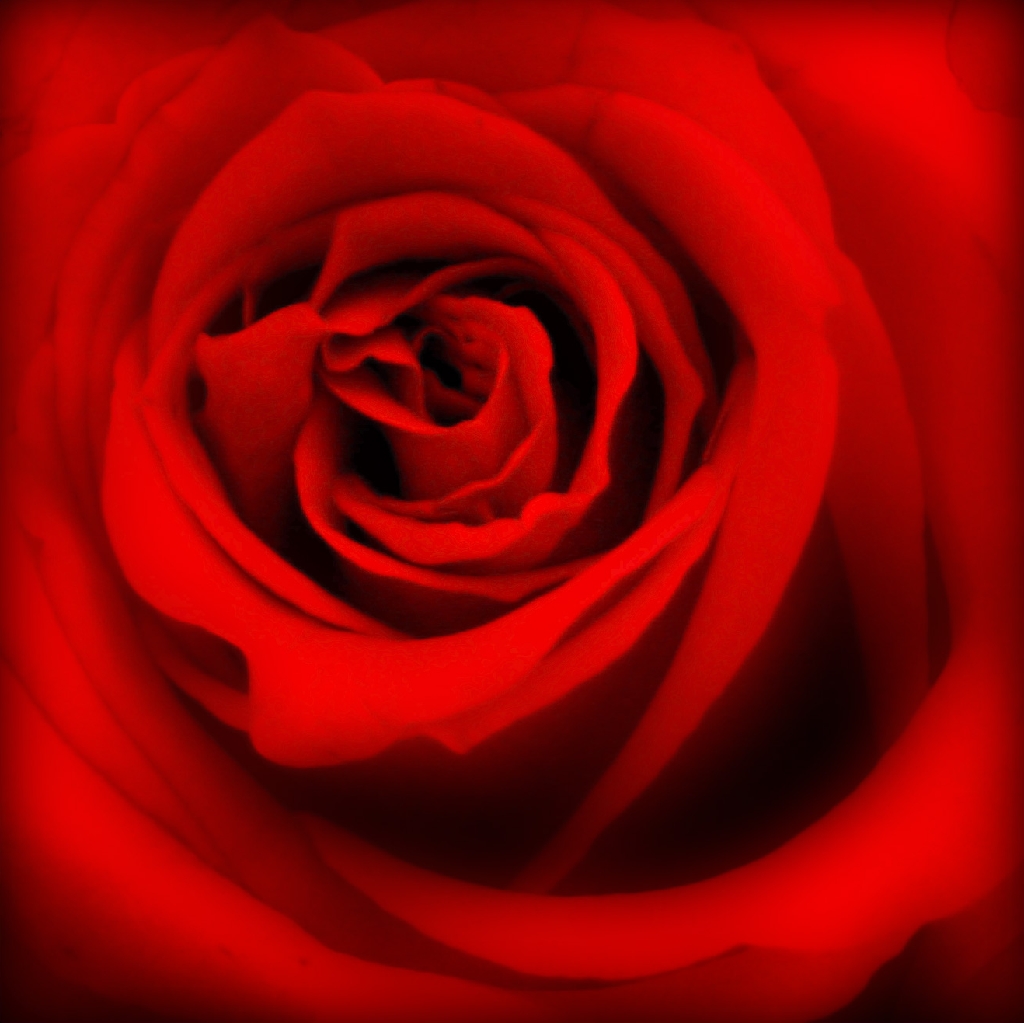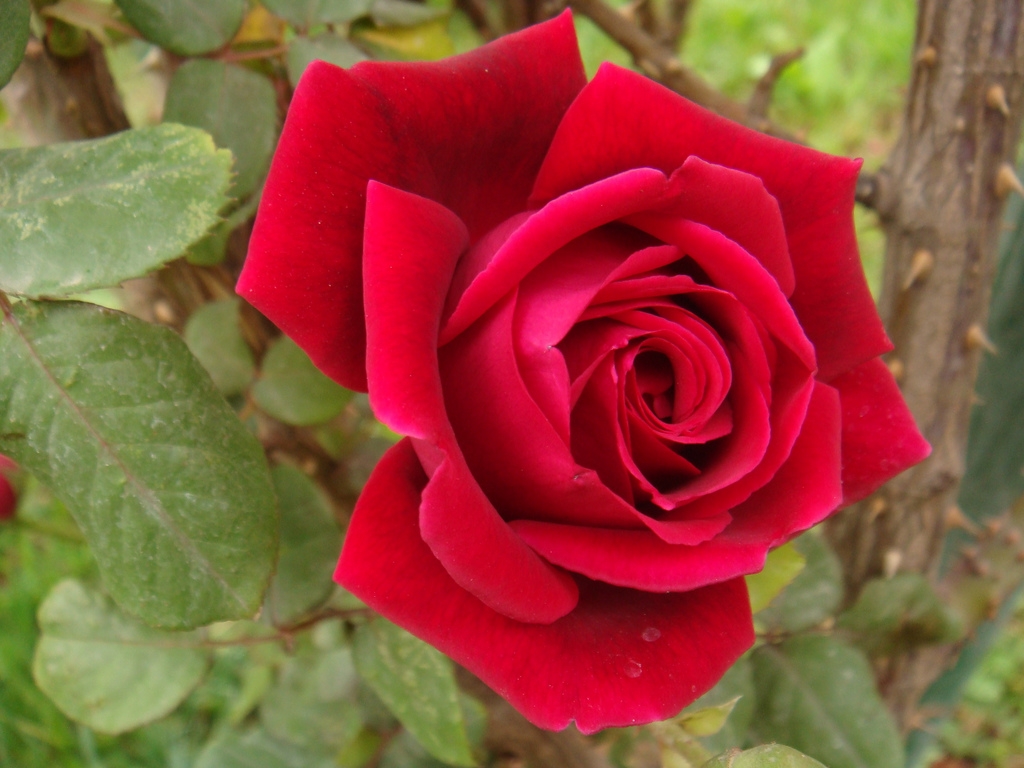 How do you feel when you gaze at a large red Rothko painting, spend time in a room with regal red wallpaper, or see a stop sign? While the color red carries different meanings depending on its context, the body’s biological response is the same: red can raise both your pulse and your blood pressure. Additionally, red can even make you feel hungry by increasing your body’s metabolism – which is why many restaurants use the color red in their logos and decor!
How do you feel when you gaze at a large red Rothko painting, spend time in a room with regal red wallpaper, or see a stop sign? While the color red carries different meanings depending on its context, the body’s biological response is the same: red can raise both your pulse and your blood pressure. Additionally, red can even make you feel hungry by increasing your body’s metabolism – which is why many restaurants use the color red in their logos and decor!
Red is the longest visible light wave, ranging from light pinks to deep crimsons that have a wavelength between 610 and 780 nm. Our modern word “red” comes from the Old English word rēad. This warm, eye-catching color has strong meanings that tap into the heart of various human emotions and experiences, depending on the specific context in which it is found.
 For instance, in Western culture, red can signify anger and aggression (as in “blood red” or “a face that turns red with anger”), but it can also denote love, lust and passion (from red roses to the red-light district). It also functions as a strong warning color that represents danger or emergencies.
For instance, in Western culture, red can signify anger and aggression (as in “blood red” or “a face that turns red with anger”), but it can also denote love, lust and passion (from red roses to the red-light district). It also functions as a strong warning color that represents danger or emergencies.
On the other hand, the color red in China is related to happiness and good fortune. In both China and India, red is the traditional color for wedding dresses. In Africa however, red is associated with death and mourning.
Red is one of the earliest pigments used by our prehistoric ancestors, who made red ochre pigment from clay to paint the walls of caves. Red pigments have been created from several surprising sources, such as crushed cochineal insects used to make carmine red. Madder lake derives from the roots of the madder plant, while vermilion was made from powdered mineral cinnabar, which is a red mercury ore. These days, most red artists’ pigments are created synthetically in factories, including hues such as poppy red, cadmium red, rose, alizarin crimson, and quinacridrone magenta.
Read more Segmation blog posts about Art:
Light Creates Space, Color, and Perception
Red and Green are an Unlikely Pair
Green Represents Saint Patrick’s Day
Be a Artist in 2 minutes with Segmation SegPlay® PC (see more details here)
Join us on FacebookSegPlay® Mobile iTunes now available for iPhone and iPad







’tis my favourite colour! I love that colors “back in the day” were so-named because of their source.
Great post about the color red!! I like how you have this personal touch, then offer a bit of science, and add the history and culture connections – just an informative and nice read.
And if I may, I would like to add a few more tidbits about the color red.
I heard that it has been one of the most difficult colors to make artificially – and in the movie Gone with the Wind, the dye used for the color red was so toxic that it got the actress ill – and the first actress was not able to play the role of Scarlet because she was sick from the dye in the red dress. Also, food dyes that are red have been known to make kids hyper and off balance – and many attention problems are reduced when children are taken off of all ready dyes! I even heard this is why the M & M’s did not include red until only recently, hard to find one the FDA would approve….
I also heard that for a long time, in the art world, red paints were unique in the way that they could NOT be blended and mixed over if a mistake was made.
Oh, and also heard that red can be an exhausting color (physically) because it makes the eye work harder to focus – and people with headaches are supposed to get away from a red room (and maybe go into a soothing blue or green, that is easier on the eye).